Comparative Analysis of Municipal Acts in Canadian Provinces
VerifiedAdded on 2022/09/01
|6
|1546
|21
Report
AI Summary
This report provides a comparative analysis of municipal acts across several Canadian provinces, including Ontario, Nova Scotia, and Alberta, examining key features, reforms, and their impact on local governance. The analysis highlights the commonalities and differences among these statutes, such as those related to firefighting, policing, transportation, education, finance, and utilities. The report delves into specific acts like the City of Toronto Act 1997, the Municipal Government Act 1998 of Nova Scotia, the Charlottetown Area Municipalities Act 2016, the Municipal Act 2001 of Ontario, and the Municipal Government Act 2000 of Alberta, detailing their respective functions, powers, and contributions to the betterment of local communities. It concludes that while the functions of these statutes vary, they share common goals of enhancing municipal authority and improving the environment for local residents. The report also emphasizes the reforms made by municipal statutes to address the problems and challenges faced by each province.
1 out of 6
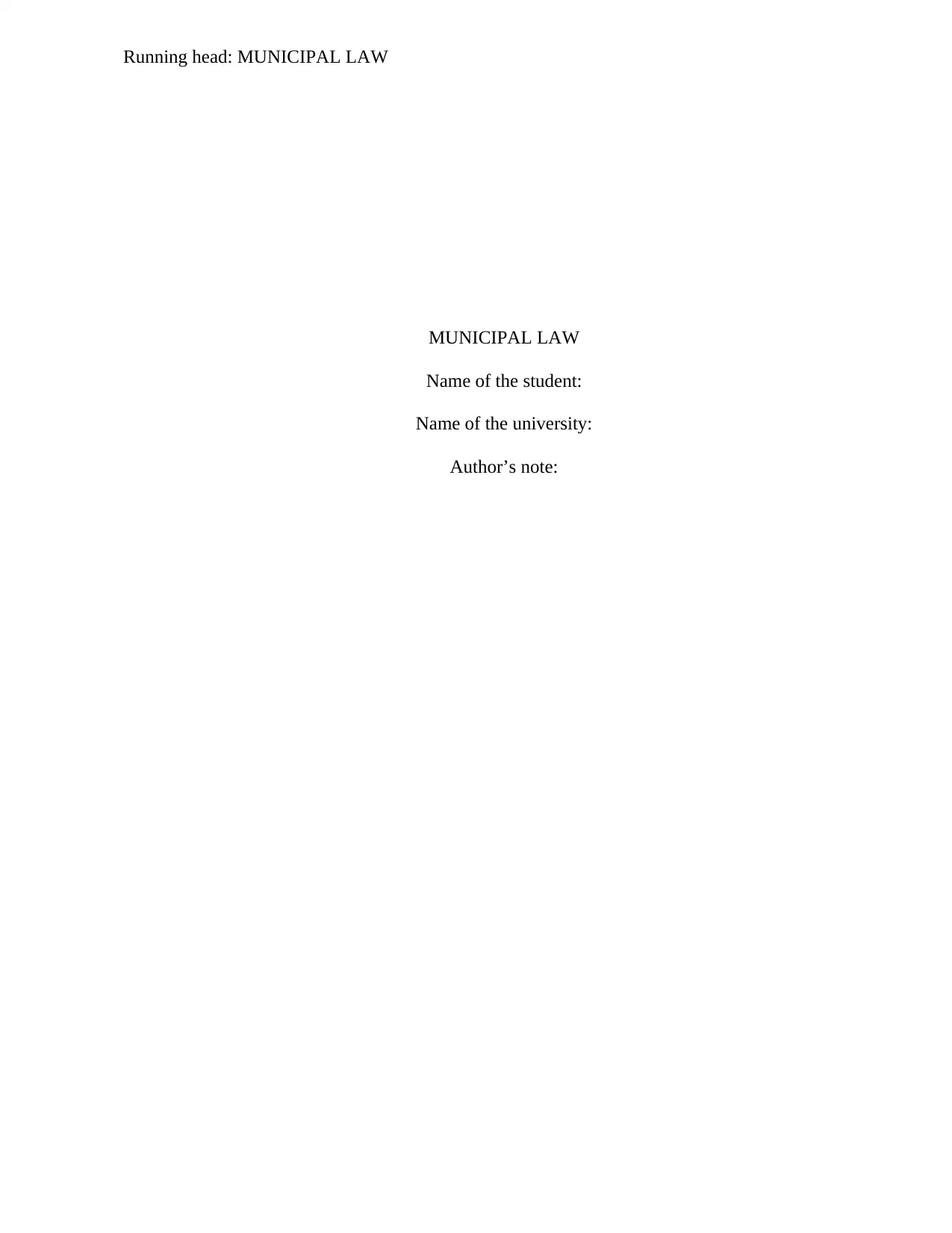
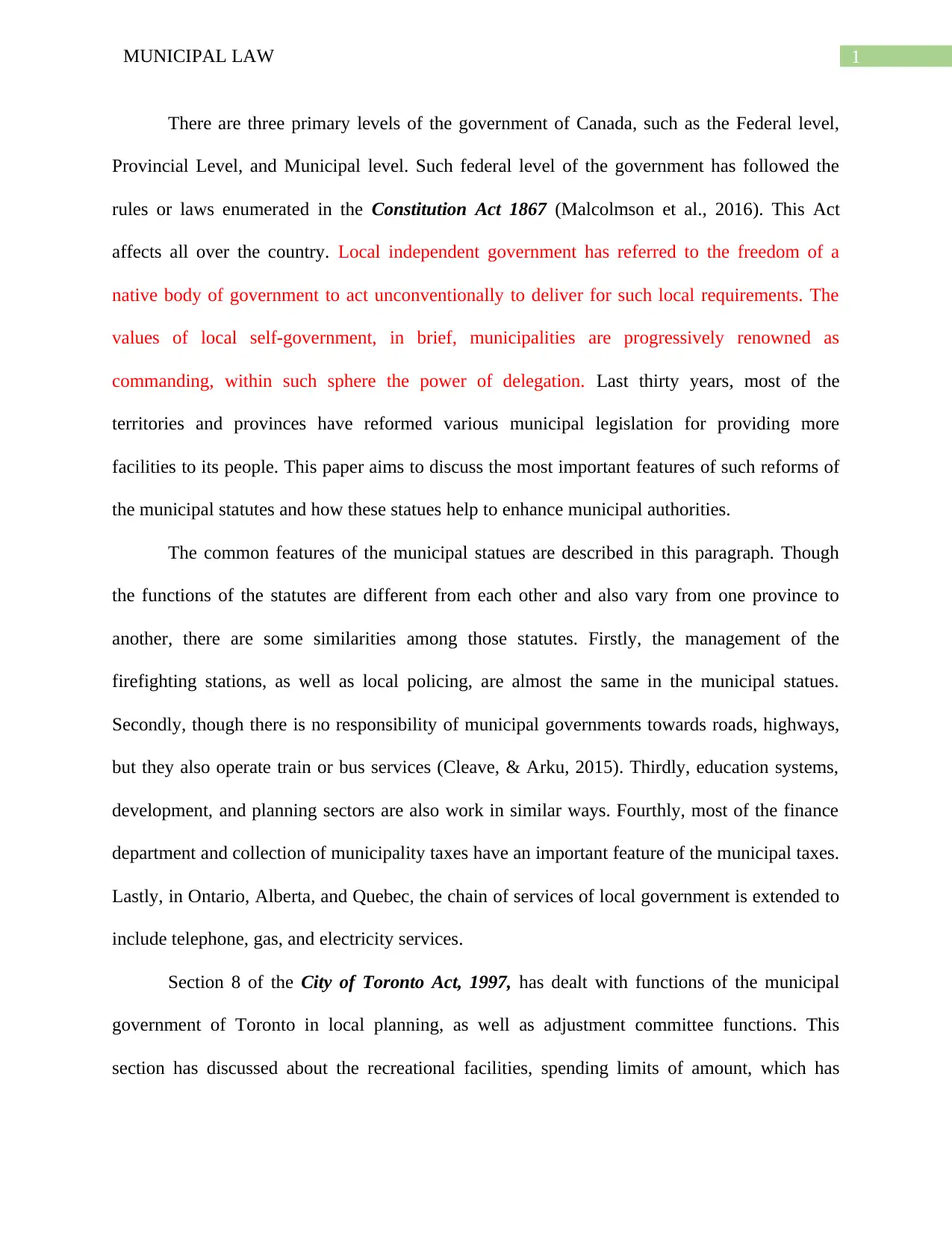
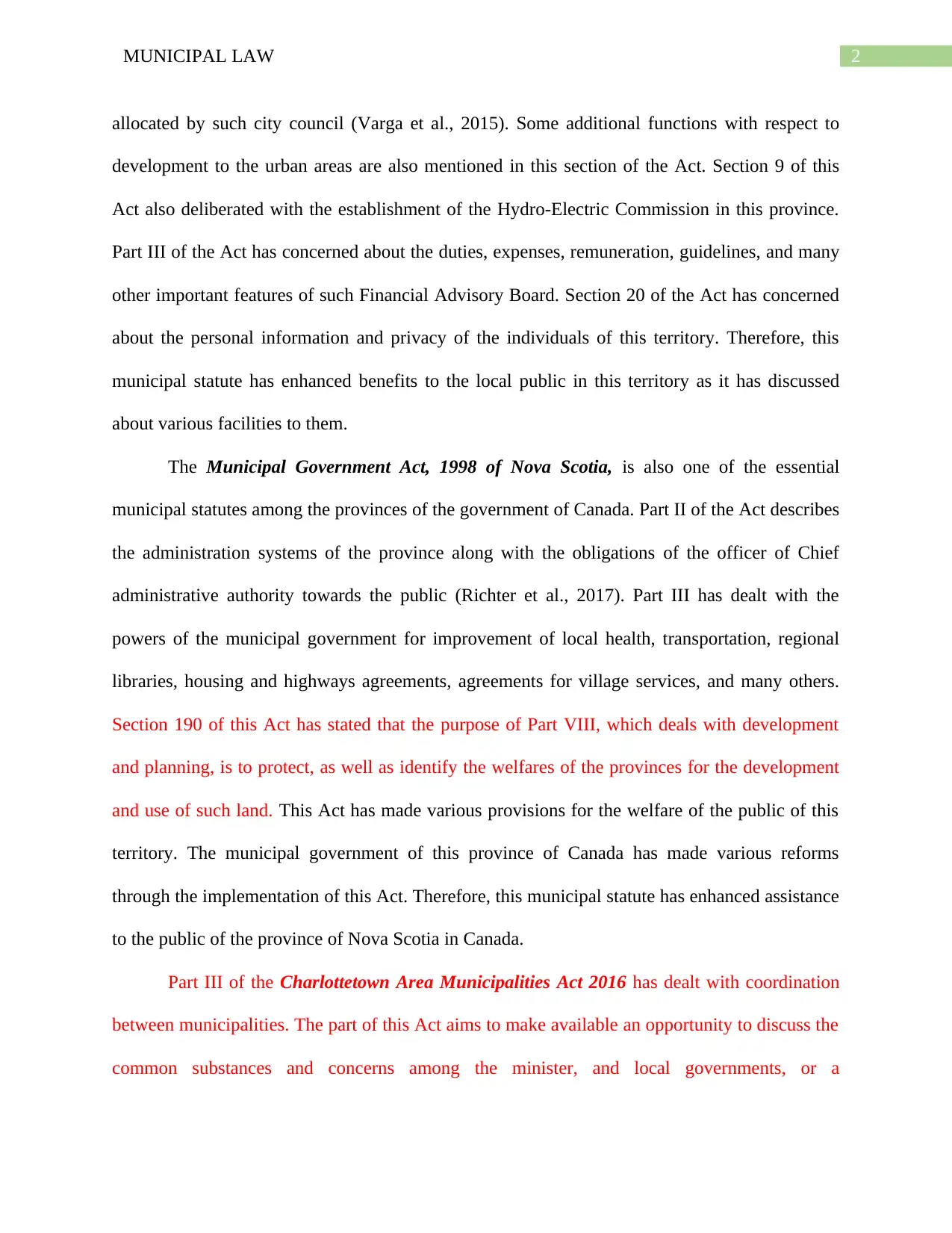
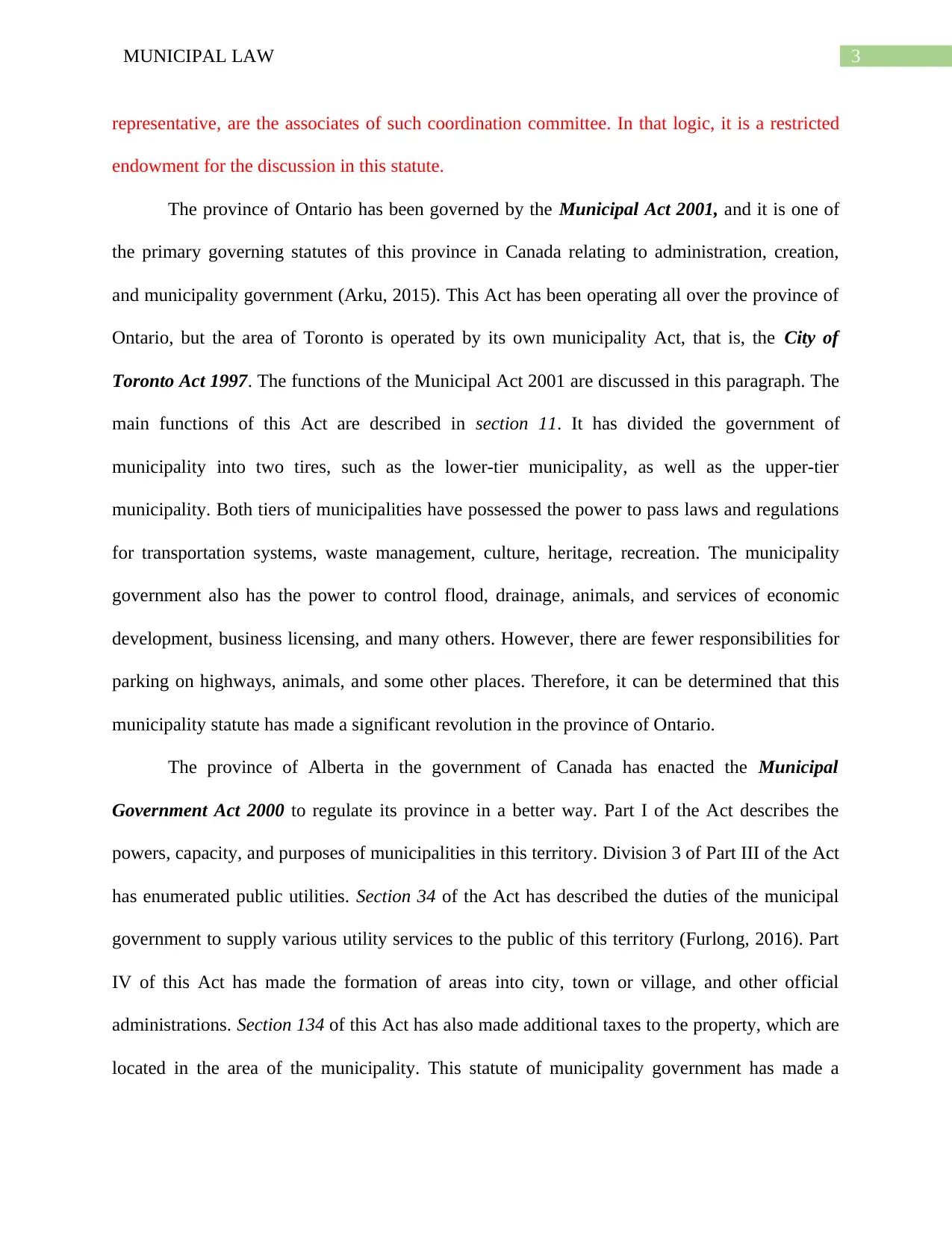
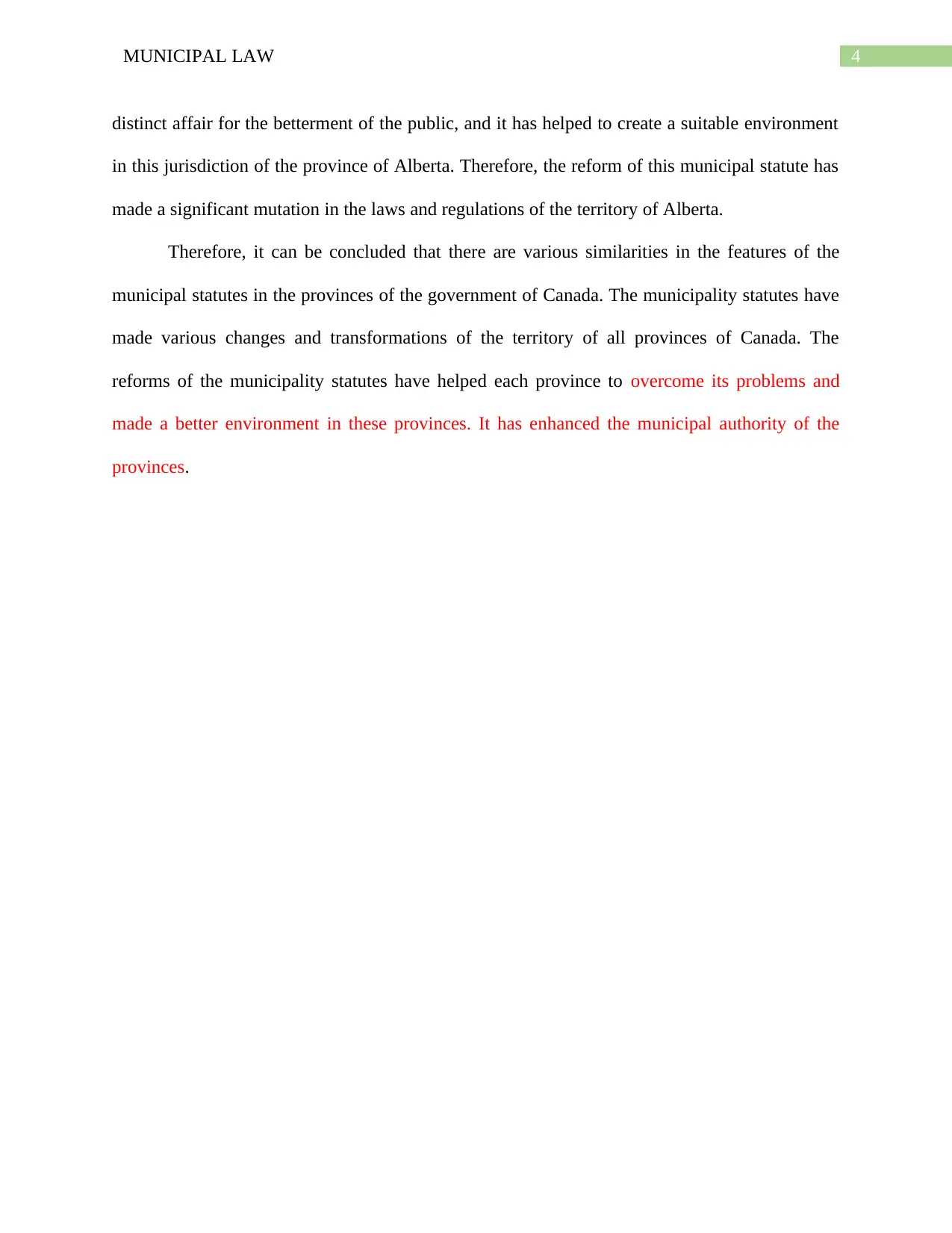
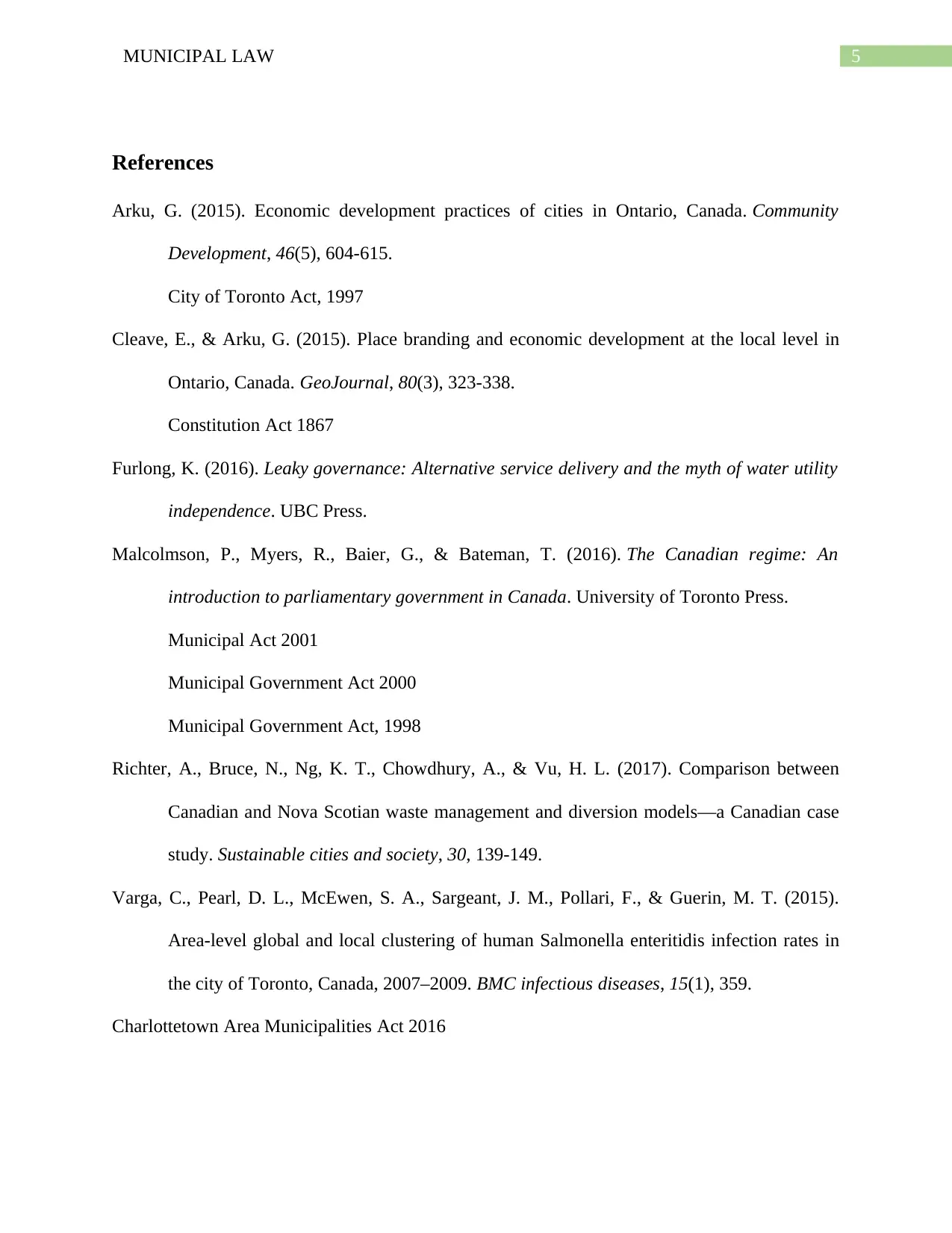






![[object Object]](/_next/static/media/star-bottom.7253800d.svg)